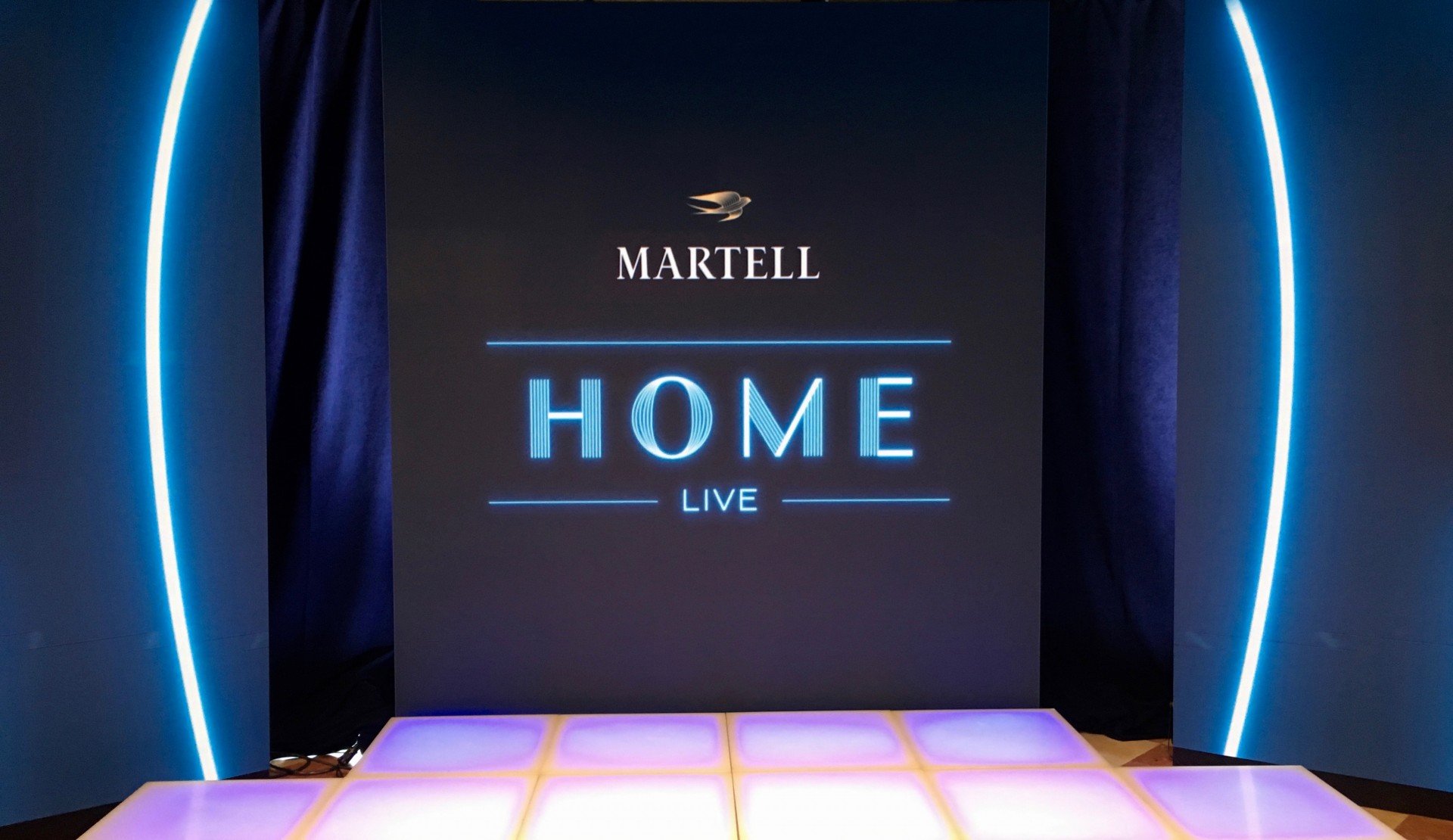Exploring the Key Factors That Affect Color Uniformity in Light Emitting Diode Wall Screens for Optimal Visual Output
Exploring the Key Factors That Affect Color Uniformity in Light Emitting Diode Wall Screens for Optimal Visual Output
Blog Article
Color uniformity in light-emitting diode wall panels is crucial for achieving maximum optical performance. light-emitting diode wall screens are widely used in various settings, including concerts, meetings, and advertising showcases. When the hues on these panels are consistent, they create a more engaging and immersive encounter for audiences. Several key factors influence color uniformity, including the quality of the light-emitting diode components, calibration processes, and environmental factors.
The quality of the light-emitting diode elements plays a significant role in color consistency. Different types of light-emitting diodes emit light at varying wavelengths, which can influence the total hue result. High-quality LEDs are engineered to generate a more consistent light range, leading in improved color accuracy. Additionally, the manufacturing process of these light-emitting diodes can affect their performance. Panels made with high-grade materials and technology tend to have less hue variations, guaranteeing that the displayed pictures and footage look vibrant and faithful to reality.
Calibration is another crucial factor in preserving hue consistency in light-emitting diode wall screens. Calibration involves modifying the configurations of the panel to ensure that the hues displayed match the intended design. This procedure Continued can consist of fine-tuning brightness, contrast, and color balance. Frequent tuning is necessary, especially in environments where illumination factors change frequently. By tuning the screens, technicians can fix any discrepancies in hue output, leading to a more consistent observing experience.
Environmental factors also influence color uniformity in LED wall panels. Factors such as surrounding light, heat, and moisture can influence how colors are seen. For example, intense ambient light can wash out colors, making them look more lively. Similarly, extreme temperatures can influence the performance of the light-emitting diodes, resulting to hue shifts. To mitigate these issues, it is essential to place light-emitting diode wall screens in controlled environments where lighting and temperature can be managed efficiently.
Lastly, the layout and layout of the LED wall panels can impact hue consistency. The configuration of the panels, as well as the distance from which they are viewed, can create variations in hue perception. When screens are arranged too distant apart or at varied positions, audiences may notice inconsistencies in color. To obtain the best optical output, it is important to take into account the positioning and alignment of the panels during installation. By addressing these elements, operators can guarantee that their light-emitting diode wall screens deliver a consistent and high-quality visual experience.